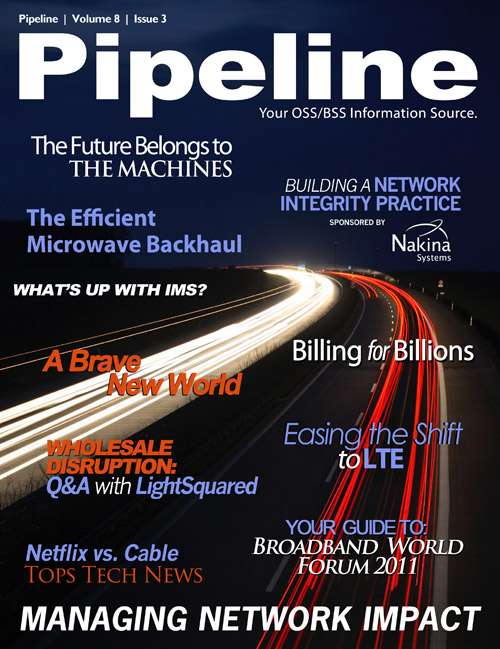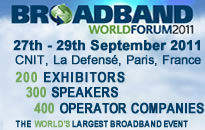Backhaul Capacity Is No Longer the Limiting Factor
Only by adding LTE radio capacity can operators improve user data throughput and quality of
experience. Given that the licensed LTE radio channel size cannot be easily increased, the
alternative is to deploy more LTE cell sites covering smaller radio areas. Many smaller cells,
e.g. picocells, can supplement three-sector macro cells.
Picocells host fewer concurrent user handsets, but typically provide better radio signal quality
and throughput rates to each user. This will require separate, dedicated backhaul networks to
high user demand environments like sports stadiums, business parks, conference centers or
public areas.
The deployment of smaller cells within the coverage area of macro cells also adds radio
interference and increases handovers. Advanced LTE radio network analysis and design
adaptation is required to minimize side effects of deploying many small radio cells to enhance
LTE throughput.
Getting Beyond the Hype
As in early phases of every technology, LTE backhaul capacity needs are being overstated.
This will change when the technology is more established. The introduction of 3G in the early
2000s went through similar hype. LTE is likely to have an accelerated cycle, but the mobile
industry might still suffer from initial frustrations.
Usable LTE data capacity is fixed per site—independent of number of users or handsets—
determined by base station technology and channel bandwidth. This can be increased by
adding more cell sites or increasing LTE channel bandwidth, which is highly improbable due
to LTE licensing requirements. Adding more macro cell sites would significantly increase
network operations cost. Smaller picocells with more cost-effective backhaul options are a good
compromise for LTE. Operators will have to provide these rather than try to achieve theoretical
maximum coverage of macro cells—especially in high user demand urban areas.
While a backhaul capacity limit of 150 Mbit/s for a three-sector site with 10MHz LTE channels
is below common perceptions of LTE backhaul requirements, it takes into account radio
propagation limits. LTE backhaul needs to fulfill several requirements of an evolving mobile
network. High availability, low latency, low packet loss, QoS, direct site-to-site connectivity and
high network capacity are the most important. Ring or mesh topologies with multiple paths from
access to core fit better than long chains of single-path links. They also accommodate new
network nodes more easily without disturbing the existing network capacity distribution and
connectivity relationships.
Why Pay for Capacity That You Don’t Need?
Operators are at risk of wasting large amounts of money in deploying fiber to cell-sites that
can be served as effectively and much more economically with proven microwave solutions.
Consequently, far from fiber being the only answer for operators deploying HSPA+ and LTE,
microwave transport will meet the capacity needs for mobile backhaul for many years to come.
Given recent innovations in wireless backhaul technology, and factoring key decision criteria of
capacity, cost and reliability, the future of backhaul is wireless.





